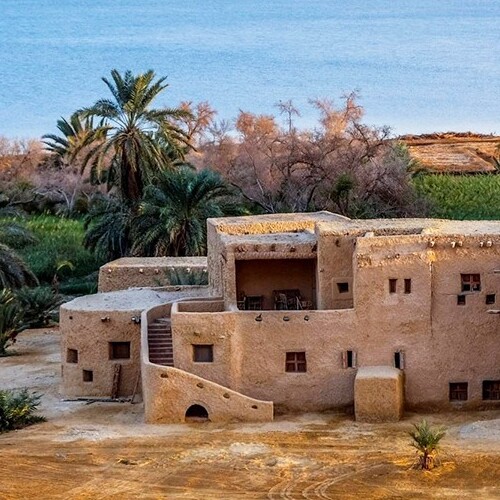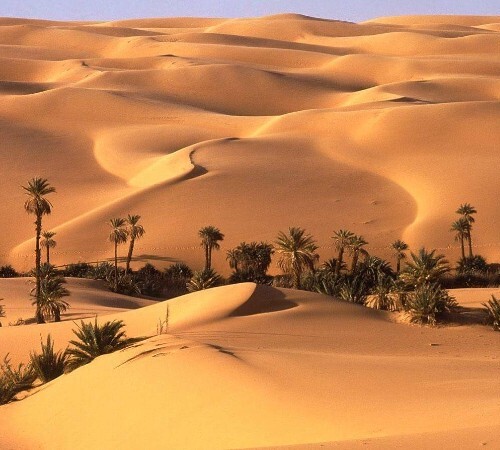No other nation in the world says ‘Welcome’ as often as the Egyptians, and every time, they mean it. While the ancient civilization of Egypt continues to amaze, contemporary Egyptians are equally remarkable.
Valley of The Golden Mummies
Valley of the Golden Mummies
In the heart of Egypt’s Western Desert, Bahariya Oasis, once a tranquil and lesser-known locale, has transformed into an archaeological marvel. The discovery of the Roman necropolis, now famously known as the Valley of the Golden Mummies, has catapulted Bahariya into global prominence.
Unveiling the Valley of Golden Mummies
It was in 1999 when the world first heard of this monumental discovery, three years after Ashry Shaker, an antiquities inspector, alerted Dr. Zahi Hawass to the presence of mummies. This revelation unfolded quite unexpectedly when an antiquities guard, riding a donkey along a road 6 kilometers from the town of Bawiti, stumbled upon a hole leading to the ancient site, near the ruins of the Temple of Alexander.
Dr. Zahi Hawass and his team of Egyptian archaeologists embarked on a meticulous exploration, uncovering approximately 108 mummies in four tombs in their initial sweep. The opening of the first tomb unveiled a breathtaking sight – gold glinting in the sunlight, undisturbed for centuries. Dr. Hawass postulated that the necropolis might hold over 10,000 mummies.
Insights into a Roman Past
These tombs belonged to Roman families residing in Bahariya, remarkably intact, untouched by grave robbers. The interiors revealed multiple chambers housing rows of mummies, some in painted and gilded coffins, adorned with jewelry and golden masks. Surrounding these mummies were an array of burial items including coins, wine jars, amulets, and pottery.
Further excavations in 2000 unearthed seven new tombs and 103 mummies, adorned with decorative coffins and masks. Intriguingly, temple-shaped stelae were also found, adorned with depictions of deities like Horus, Osiris, and Anubis.
In total, 233 burials had been discovered, with one particularly lavish tomb, Tomb 54, featuring a mummy donned in a golden mask with a uraeus, a symbol of royalty.
Variety in Mummification Styles
The Valley of the Golden Mummies reveals a fascinating spectrum of burial styles, showcasing four distinct approaches: some mummies wear gilded masks and chest decorations, others rest in colorful cartonnage coffins, some lie in plain anthropoid pottery coffins, and a few are simply wrapped in linen, reminiscent of New Kingdom era burials.
The architectural diversity of each tomb, varying in room count and burial customs, points to a community wealthy enough to afford such intricate funerary arrangements. While six of these mummies have been displayed worldwide, most remain respectfully in their original necropolis at the Valley of the Golden Mummies.
Archaeologists are tirelessly working to preserve and restore these tombs, with ongoing excavations that continue to shed light on Roman-era life and mummification practices in Bahariya, promising new discoveries with no end to the work in sight.
Beyond the Necropolis
Bahariya Oasis might first appear modest, but it hides grandeur in its simplicity. This tranquil haven offers soothing hot springs, captivating landscapes of the White Desert, and layers of history buried under its sands. It’s a perfect blend of relaxation, adventure, and a gateway to an ancient world eager to share its secrets. Not to be missed is the Valley of the Golden Mummies—a truly astonishing highlight in the remarkable Bahariya Oasis.
Created On March 18, 2020
Updated On Aug , 2024
BAHARIYA OASIS Travel Guide



